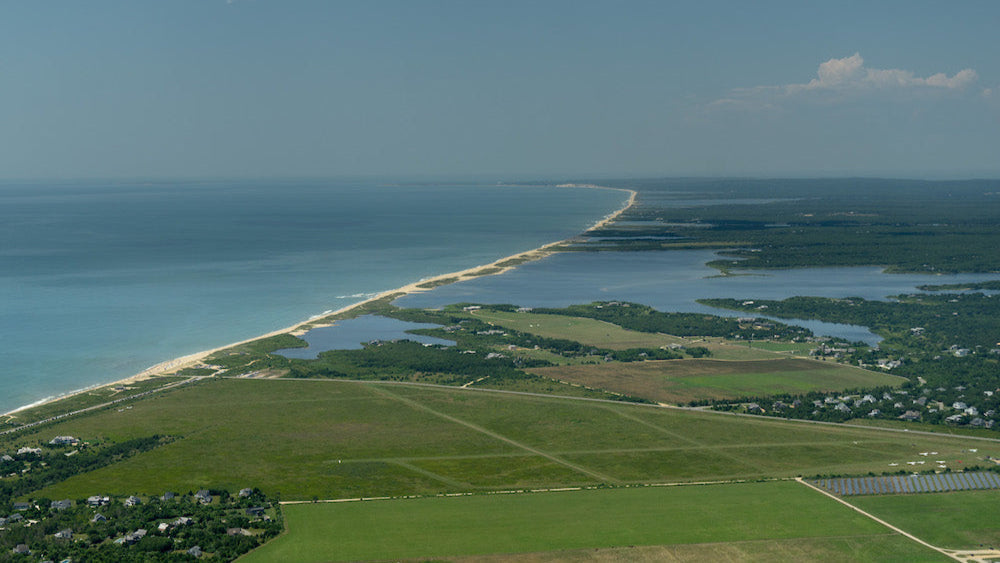
Katama Airfield
Share
Looking for a captivating day-trip destination or aviation adventure on Martha’s Vineyard? Katama Airfield is a must-visit. Whether you're an aviation enthusiast, nature lover, or summer tourist, this hidden jewel blends historic charm with scenic beauty.
What Makes Katama Airfield Unique?
Centuries-old grass runways: Katama has retained its original turf layout since 1924, a rare and authentic grass-field experience in the US.
Three turf runways ranging from 2,600 ft to 3,700 ft guide takeoffs and landings—long enough even for DC-3s and Cirrus.
Town-owned and publicly run, the field sees ~22 daily takeoff/landing cycles offering a relaxed counterpoint to the island's busy airports.
A Rich Aviation Legacy
From Curtiss‑Wright training school to flying club—Katama’s roots are steeped in early aviation. It served WW II training missions and was Martha’s Vineyard’s first summer flight school.
Preserved from development: The Nature Conservancy and Edgartown town saved the airfield, ensuring its historic runways and the surrounding Katama Plains remain intact.
RAF grant for pilot amenities: A 2022 grant funded a hangar shelter near the Atlantic—perfect for picnics and ocean views.
What to Experience at Katama
Biplane rides & scenic tours
Board a vintage WACO biplane—loop-the-loop rides available too.
Enjoy island-wide aerial views from 1,000 ft.
Flight instruction
Beginner-friendly discovery flights ($250) and dual lessons ($300/hr) via Katama’s certified instructors.
Cape Cod Aviators offers tail-dragger training here.
Airfield diner
Refuel at Katama Kitchen (aka Right Fork Diner), a perfect stop post-flight—classic comfort fare with runway views.
Community & Conservation
Events like WWII-era flyovers stopped by for brunch at the diner.
The airfield’s Trust supports historic preservation and youth aviation programs.
Beyond Aviation: Nature & Local Culture
Coastal sandplain grasslands surround the field—home to dozens of rare plant and animal species.
Close proximity to South Beach and Chappaquiddick, ideal for combining flying and beach day excursions.
Visiting Tips
When to go: Peak season is May to September—better weather and more activity.
How to fly in: Aircraft use the turf runways 3/21, 6/24, and 17/35—radio frequency and runway diagrams available.
Dining & amenities: Hangar shelter and picnic facilities are newly built; diner operates seasonally.
In Summary
Katama Airfield is more than a grass strip—it’s a living museum of aviation history, a scenic launching point for island exploration, and a community hub preserving Martha’s Vineyard’s heritage and ecosystem. Whether you're booking a biplane thrill ride, learning to fly, hiking the coastal plains, or just sipping coffee with runway views, Katama offers a richly layered experience waiting to be discovered.
Have you flown in or visited Katama? Share your stories or ask questions—I’d love to help you plan your visit!
